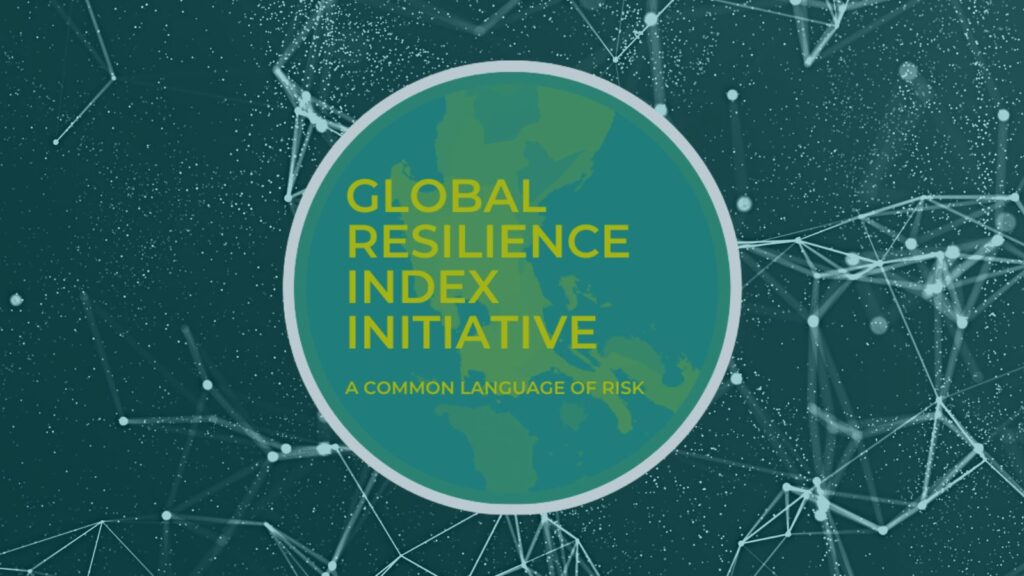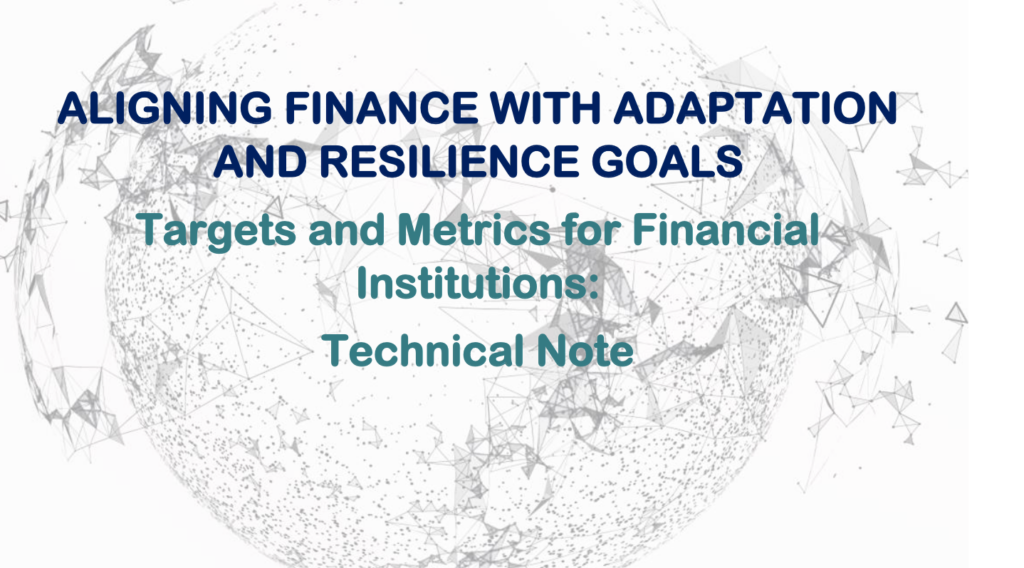This is a synthesis and preliminary analysis of targets and metrics for aligning finance with climate-resilient development. The accompanying database includes a full set of metrics and was initially developed in collaboration between the Global Resilience Index Initiative including CGFI (now Resilient Planet Data Hub), and the UN Environment Programme Finance Initiative (UNEPFI) Principles of Responsible Banking (PRB) Working Group on Adaptation.
The original 2023 database has been updated for 2024, and is now hosted by the Resilient Planet Finance Lab .
Summary
Developing economies’ annual adaptation needs are five to ten times greater than current flows. Aligning finance with adaptation and climate-resilient development is critical to filling this gap. Financial institutions and corporates can have a sizeable impact on physical climate-related losses and damages – and are themselves exposed to physical climate-related risks.
However, while globally agreed upon metrics exist for climate mitigation, the same standardisation does not yet exist for climate adaptation. To mobilise finance at scale for adaptation, and disclose and track progress, it is vital that all stakeholders have access to the same basic globally consistent indicators.
Metrics for alignment to adaptation and resilience goals could form an important part of adaptation plans, and over time could yield significant benefits for society, financial institutions and investors – driving trillions into adaptation-aligned activities, and away from activities that undermine resilience and lead to maladaptation.
Acknowledgements
Authored by Mark Bernhofen and Nicola Ranger, this report was prepared by the University of Oxford and UK Centre for Greening Finance and Investment (CGFI) as a contribution to the Global Resilience Index Initiative (now the Resilient Planet Data Hub) and its partners – the Insurance Development Forum (IDF), Coalition for Disaster Resilient Infrastructure (CDRI), Coalition for Climate Resilient Investment (CCRI), Global Earthquake Model (GEM) Foundation and United Nations Office for Disaster Risk Reduction (UNDRR).
The database is now updated and hosted by the Resilient Planet Finance Lab at the University of Oxford.
We thank the UN Environment Programme Finance Initiative (UNEPFI) and Principles of Responsible Banking (PRB) Working Group on Adaptation for their collaboration on this technical note and contribution of data. We acknowledge the support of ClimateArc, Oxford ECI and CGFI. CGFI is supported by UK Research and Innovation (UKRI).



